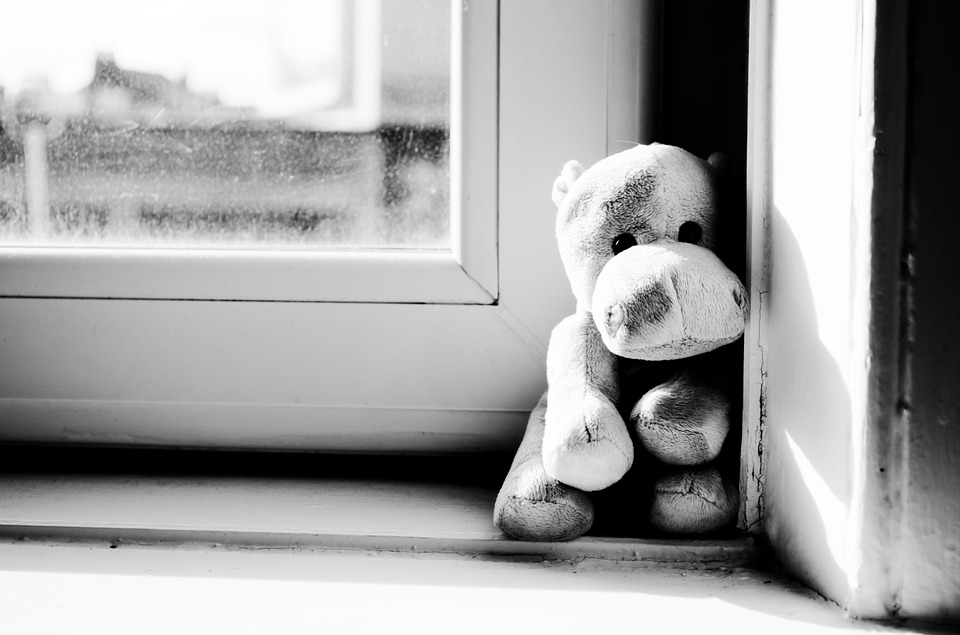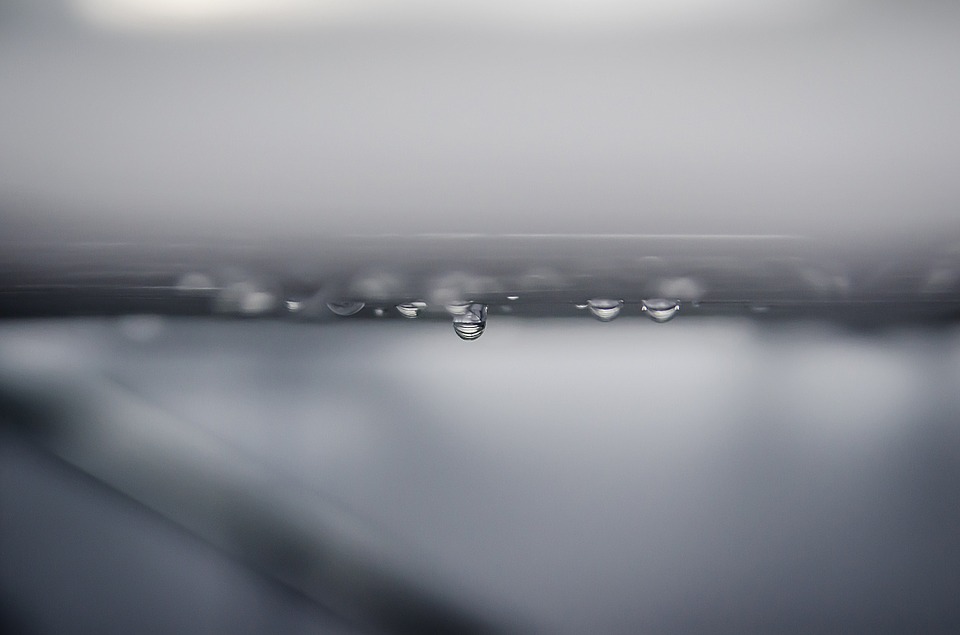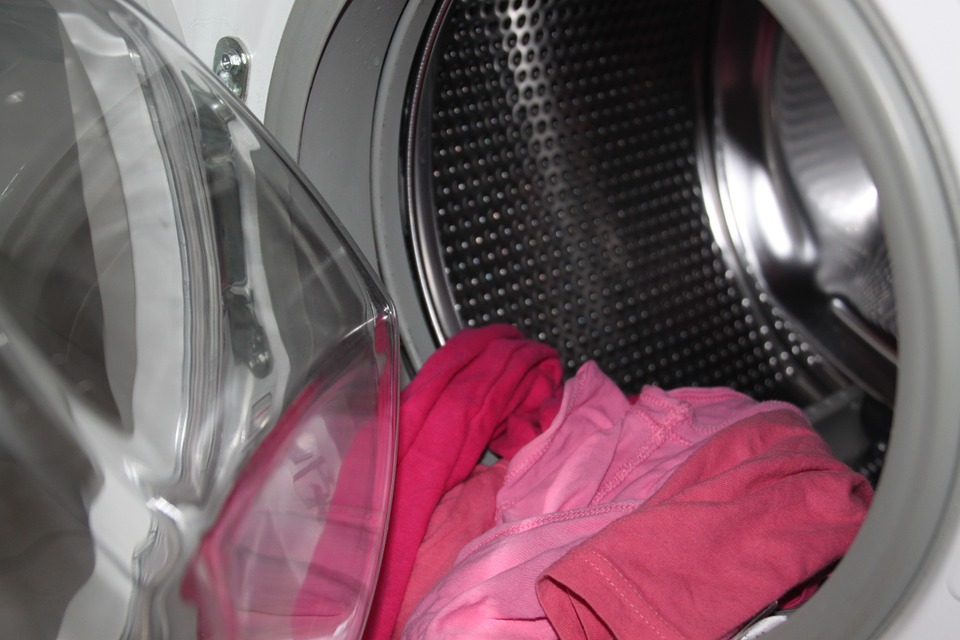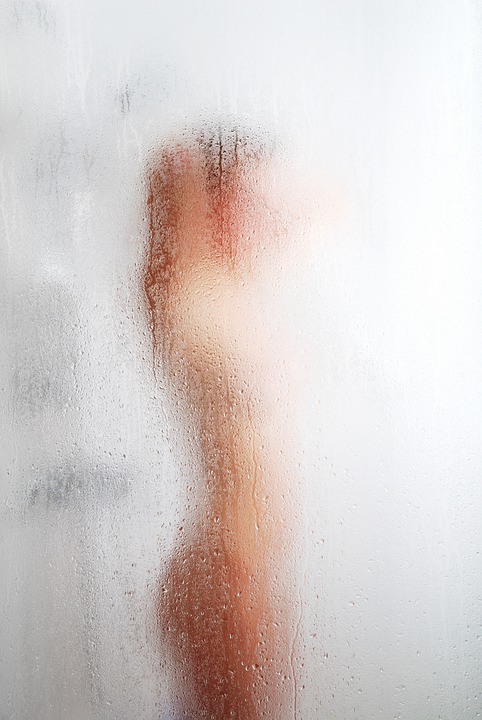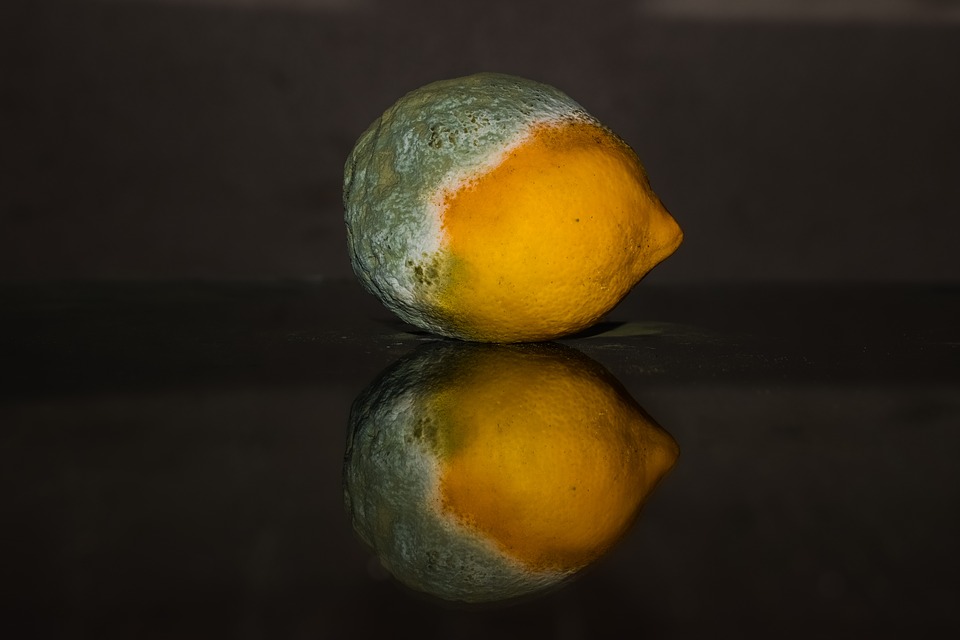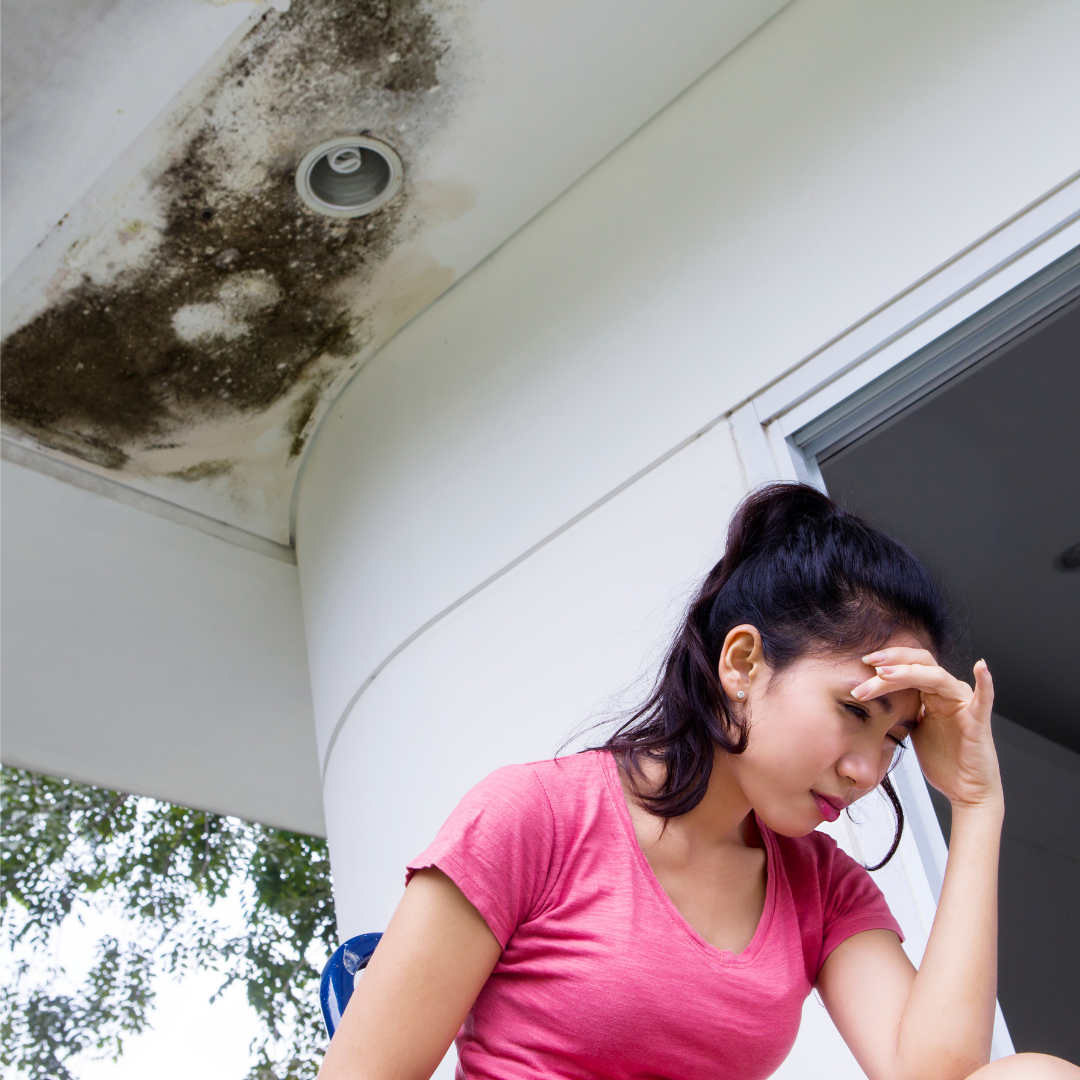
Most Common Unexpected Places Where You Can Find Mould Growth
By: 911 Water Damage Experts
When looking for mould growth so that you can take care of it, you might look in all the typical places, like the window sills in the bathroom. As it turns out, there are so many other places where mould likes to grow.
Remember, mould likes warmth, food, and moisture to thrive. If any part of your home has these three things, it can grow just fine.
You might think you’re facing a losing battle trying to clean up every single speck of mould, but it can be essential for your health. The next time you’re on a cleaning buzz, don’t forget to look in these unexpected mould locations.
Behind Furniture And Paintings
When was the last time you peered behind the furniture pressed against the wall or the artwork hanging on your wall? Now might be the right time to take a look.
Any small amount of moisture from a hot summer or cold winter could see mould growing behind items you least expected.
Where possible, always allow a gap between furniture and walls to allow for sufficient airflow. Check behind wall hangings and artwork often.
On Upholstery
You might not think that mould can grow on your mattresses, sofas, and other upholstered furniture pieces, but it can. All it takes is for a small amount of moisture to be present, and mould can begin to take hold.
Think back to the time you spilt a drink on the sofa, or you sat on your mattress in a towel after your shower.
If you do notice mould on any soft furnishings or upholstery, use a vinegar and water solution and even baking soda to stop the mould in its tracks. You can also hire a professional cleaning service for peace of mind.
On Sashes And Sills
Because your windows are your home’s barrier to the outside world, they do tend to build up moisture. The warm air of your home reacts with the cold air of the exterior, often forming condensation.
If you don’t wipe this away when it happens, you may notice black mould forming along your window sills and sashes.
Make a note always to wipe down windows and window sills whenever you notice condensation during times of extreme cold or high humidity.
In Kitchen Appliances
Think how many kitchen appliances you own that use water – or are cleaned with water. Anything from the coffee maker to the blender and even the dishwasher can start forming mould if you don’t dry them and air them out properly.
Your kitchen appliances may also be at a higher risk of mould growth if you fail to clean food out of them properly. Take the time now to check out all the inner workings of your kitchen appliances. Seeing where the mould can grow may just surprise you.
While you’re doing that, give some of your attention to the dishwasher. To ensure that it’s free of mould, run a cleaning cycle with some diluted bleach.
Under The Fridge
Can you remember the last time you looked under your refrigerator? Most people would probably say they never have.
Most, if not all, fridges have a drip pan underneath designed to catch any water leaks. If you aren’t proactively cleaning and drying this out, it might be a prime location for mould growth.
In The Washing Machine
When you finish a load of laundry, you’ll probably notice water spots left inside the drum.
Mould growth may be less likely in your washing machine if you run regular cycles, but it’s still one of the many unexpected mould locations. To reduce the risk of mould growing in your washing machine, use vinegar to clean it out.
You can also run a special rinsing cycle.
In The Bathroom
Perhaps less surprising is the idea that mould growth is common in your bathroom. After all, it’s a moist part of your home and may not have as much ventilation as it needs.
In particular, pay attention to your shower curtain, underneath shower products, and even on your toothbrush.
You can reduce the risk of mould growth in this area by investing in a ventilation fan that suits the size of the bathroom. If you have windows, open these after showering, as well.
Children’s Toys And Items
Young children play with toys in a way that would make a germophobe’s hair curl. They can drool all over them, get food on them, and then tuck them away in the bottom of a toy box to grow mould.
Pay careful attention to the toy boxes you have for your children’s toys. Take the time to clean them out often for the safety of your children.
You may also like to pay attention to any drink bottles, sippy cups, and lunch containers they use with silicone seals. These seals can harbor mould where you least expect it.
Air Conditioning Units
You may rely on air conditioning units to make your air healthier, but they can also be where mould likes to live.
Their job is to take moisture from the air, but their propensity for dust collection means they have everything mould wants. You may be able to prevent mould growth by running your air conditioner at least once on a warm day.
Makeup Products
Have you ever noticed how your skin seems to become irritated and breaks out after using a makeup sponge or brush?
Well, mould could be to blame. Facial oil and sweat in those products are a welcome invitation for mould. Combat this problem by cleaning and drying them often.
How To Combat Out Of Control Mould Growth
You may know that mould grows in all of these places, but have you learned too late?
Mould can grow so quickly and sneakily that it can spread at a rapid pace before you even know it’s there. If that’s the case, it may be time to call upon the services of a mould removal and restoration company.
They can remove mould-damaged building materials, clean mould, and stop it in its tracks.
You can then start fresh while having a new understanding of how to prevent mould growth in the first place.
Feel free to call us at 1-833-WE-DRY-IT any time 24/7/365 all the time for more information or chat with us in near real-time on our Facebook fan page.
Related Posts
Fire Damage Restoration Articles
The Dos And Don’ts Of Commercial Fire Damage
Forest Fire House Damage: What To Do After Your House Is Damaged By A Forest Fire And Who to Call?
Fire prevention tips for the summer
How to clean up after a house fire
Fire damage restoration checklist
Fire damage tips: 6 hazards property owners miss
How smoke from fires can negatively affect your health
What are the most common causes of house fires?
10 helpful smoke damage cleaning tips
Mould Removal Restoration Articles
Is Bathroom Mould Dangerous? Powerful Mould Prevention Tips Inside
Dangers Of Bathroom Mould And Tips On How To Clean And Prevent It
Got Bathroom Mould? Here Are Some Must-Know Bathroom Mould Cleaning Tips
5 Signs You Have Mould Growing In Your Walls
“Can I Remove Mould Myself?” Our Mould Removal Experts Have Answers
7 Must-Know Reasons Why You Should Get A Mould Inspection Before Buying A House
Does Mould Attract Bugs? Yes And Here’s What Kind And Why
How To Remove Mould From The Attic [Mould Prevention Tips Inside]
How Rain Causes Mould Growth-Prevention Tips Included
Must-Know Tips: How To Remove Mould In Your Basement
Water Damage Restoration Articles
How to prevent home storm damage
What you can expect from a fire damage restoration company
Water damage prevention tips from the most common problems we’ve seen
Top causes of water damage in commercial buildings and how to find them
Must-know water damage tips: What to do after your house floods
What does good water damage restoration look like?
DIY water damage restoration and the hidden dangers
How to choose the right water damage company
Flast floods: What to do before, during and after a flash flood
What to do when your attic leaks?
This is why water damage is a silent home killer
Related Water Damage Services
Fire damage restoration services
Water damage restoration services
Emergency cleanup services
Mould removal services
Weather damage services



